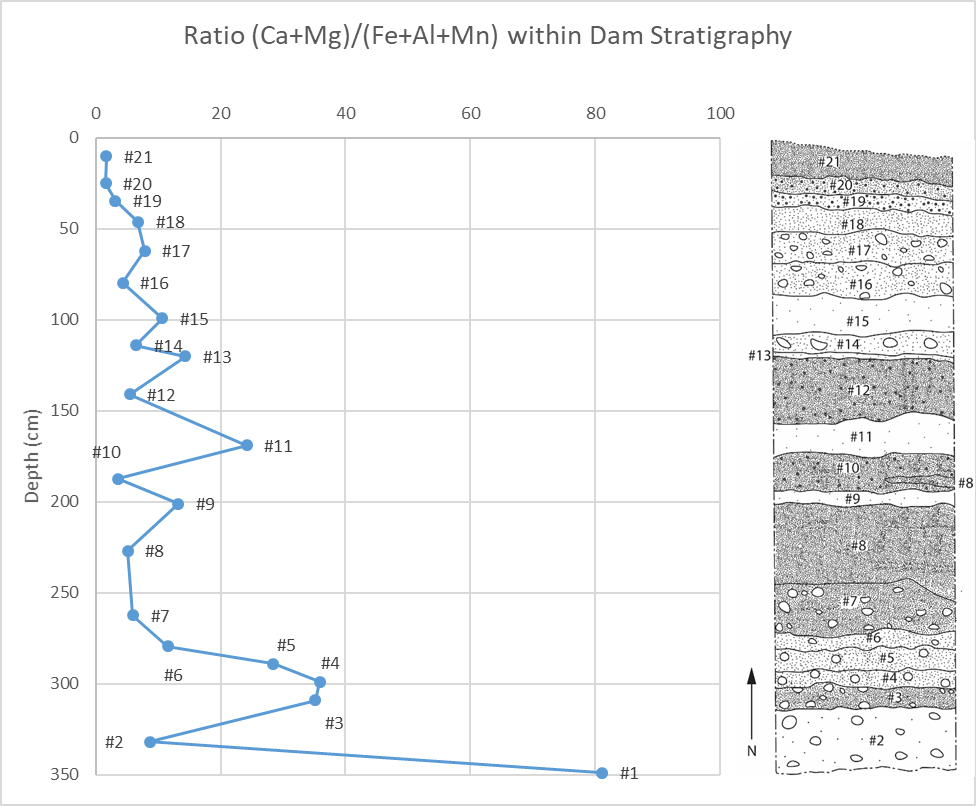Background
Literature Review
ICP-MS applications to geoarchaeological research in the Maya stretches back roughly twenty years, which means that there has been ample time for a background literature to develop but not so long that this is particularly expansive. In their review of geoarchaeological research since the year 2000, Dunning and colleagues (2015) mention few studies that used ICP-MS. One landmark study used ICP-MS to examine the elemental composition of soil floors from the Classic Maya center of Cancuen in the southern Peten department of Guatemala (Cook et al, 2006). Cook and colleagues (2006) examined the composition of 60 elements, and noticed that 30 were enriched above the normal background concentrations—especially of heavy metals such as gold and mercury. Beach and colleagues (2017) used ICP-MS to calculate the (Mg + Ca) / (Mn + Fe + Al) ratio of soils from hillslopes cultivated during Maya times. They use these data to illustrate the amount of soil erosion wrought by the ancient Maya. Beach and colleagues (2018) use the same technique on soil samples from the nearby Laguna de El Palmar and the reservoir at El Zotz. Cook and colleagues (2006) warn that using hydrochloric acid in a soil extraction risks creating AgCl, which is a problematic source of spectral interference. A key difference is that we will be using the Agilent 7500ce whose octopole reaction cell is better at reducing interferences from Chlorine than the Perkin-Elmer instrument used by Cook and colleagues (2006). Fulton and colleagues (2017, 2019) used a partial extraction technique to identify elemental composition of anthropogenic soils from Maya settlements. Their procedure was the inspiration for my own study.
Preliminary Soil Studies
Using x-ray fluorescence (XRF) and magnetic susceptibility (MS), I have noticed distinct chemical signatures in the stratigraphic sequence of the dam at La Represita. With the elemental abundances calculated with XRF, I calculated the ratio of (Mg + Ca) / (Mn + Fe + Al) for each soil sample and found a key pattern that corresponded perfectly to observations made in the field. Spikes in the ratio correlated with dam construction layers #9, #11, and #13 which were rich in sascab (a kind of soft local limestone that the Maya used in construction). MS readings further highlighted the distinct differences between limstone-rich contruction layers and the earthen fill layers. These were indicated by low and high MS values respectively. Whereas the former was likely mined out of the bedrock, the latter was nearer the surface where the sediments bare the mark of maya forest clearing for agriculture. These results will make for a good comparison with the ICP-MS analysis.

